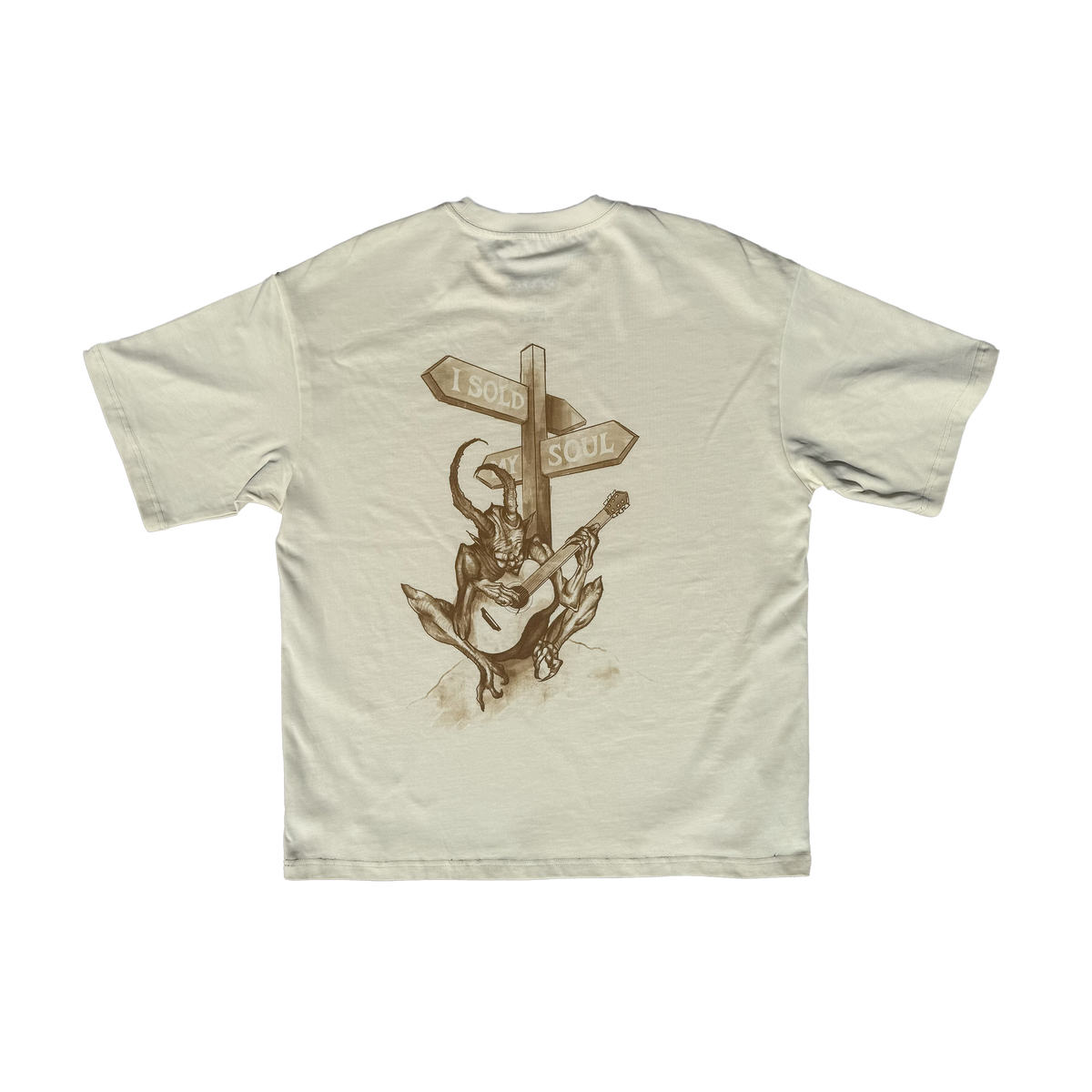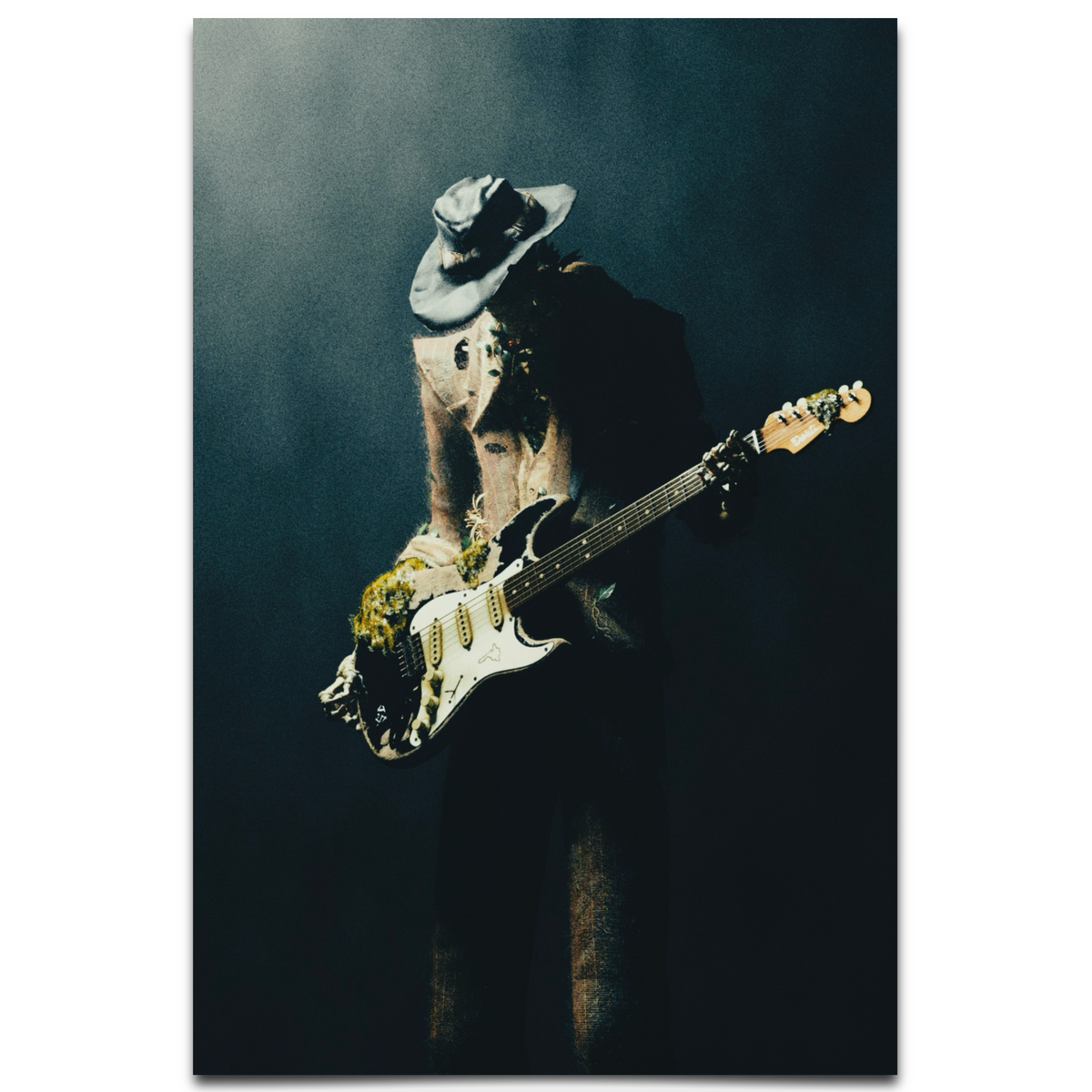The Song That Redefined a Sound
In the constellation of Earth, Wind & Fire's illustrious catalog, few songs shine as brightly as "September," a track that embodies the band's signature blend of funk, soul, and joyous exuberance. Released in 1978, during the height of the disco era, this anthem arrived at a pivotal moment in the band's career, following the monumental success of albums like That's the Way of the World and Gratitude. Under the visionary leadership of Maurice White, Earth, Wind & Fire had already established themselves as architects of a sound that fused intricate horn arrangements with messages of unity and spirituality. "September" distilled these elements into a universally accessible celebration, capturing a moment of pure, unadulterated happiness. It emerged from a period of creative confidence, as the band rode a wave of commercial triumph and artistic exploration in the late 1970s. What is it about "September" that transforms any room into a dance floor, even decades after its debut?
The creation of "September" was a collaborative triumph, born in the studio during sessions for the band's 1978 album I Am at Hollywood Sound Recorders and Trident Studios in London. Co-written by Maurice White, Al McKay, and Allee Willis, the song came together with a spontaneity that mirrored its effervescent energy. Willis, a lyricist who later recounted the simplicity of the writing process, was tasked with crafting words to match the infectious riff that White and McKay had already composed. The iconic "Ba-dee-ya" refrain, often misunderstood by listeners, was a placeholder that White decided to keep in the final recording for its melodic charm, despite Willis's initial reservations. Recorded with the band's signature precision, the track showcased their tight instrumentation and White's meticulous production style, which layered vibrant horns over a driving rhythm section. This process, rooted in collaboration and instinct, transformed a simple groove into a timeless piece of music history.
"I learned my greatest lesson ever in songwriting from [Maurice White], which was never let the lyric get in the way of the groove."
Inspiration, Emotion, and the Spark of Creation
At its emotional core, "September" is a song about nostalgia and the warmth of shared memories, evoking a universal longing for moments of love and connection. The lyrics, penned with input from Allee Willis, center on a specific date—September 21st—a day of personal significance for Maurice White as a nod to joyful times. White's vision was to create a song that felt like a celebration, a snapshot of blissful reminiscence that anyone could relate to, regardless of their own history. This theme of collective joy is amplified by the music's upbeat tempo and the exuberant call-and-response vocal style, characteristic of Earth, Wind & Fire's ability to make listeners feel included in the party. The band's incorporation of African-inspired rhythms and kalimba textures, often a hallmark of White's compositions, adds a layer of cultural depth to the song's infectious optimism. Lesser-known is the fact that White drew from his own experiences of love and renewal when guiding the song's tone, infusing it with a spirituality that transcended mere dance music. This fusion of personal memory and universal sentiment is what gives "September" its enduring emotional pull, inviting listeners to find their own "21st night" in its melody.
When a Track Becomes a Movement
Upon its release on November 18, 1978, as a single from the I Am album, "September" quickly became a cultural phenomenon, peaking at No. 1 on the Billboard R&B chart and No. 8 on the Billboard Hot 100. Critics lauded its irresistible energy, with Rolling Stone later describing it as a quintessential example of Earth, Wind & Fire's ability to blend soulful depth with pop accessibility. The song's infectious groove made it a staple in the waning years of disco, resonating with audiences eager for music that uplifted rather than merely entertained. It became an anthem for celebrations, from weddings to New Year's Eve parties, its opening notes instantly recognizable as a signal to dance. Fans and DJs alike propelled its popularity, cementing its status as a crossover hit that appealed across racial and generational lines. Its impact was immediate, solidifying Earth, Wind & Fire's place as one of the defining bands of the era and contributing to the album's double-platinum status.
What We Miss Between the Lines
Musically, "September" is a masterclass in arrangement, with its driving four-on-the-floor beat, cascading horn lines, and interlocking guitar and bass grooves creating a sense of relentless momentum. The song's structure is deceptively simple, built around a repetitive chorus that prioritizes feel over complexity, yet the intricate layering of brass—performed by the Phenix Horns—and Verdine White's propulsive bassline reveal a compositional sophistication. Lyrically, the repetition of "Do you remember" serves as both a nostalgic anchor and a rhythmic device, reinforcing the song's hypnotic quality. Maurice White's decision to retain the nonsensical "Ba-dee-ya" refrain, inspired by his scat-singing experiments, adds a playful, almost primal chant-like element that transcends language barriers. Critics and musicologists have noted how this choice mirrors traditional African vocal patterns, tying the song to White's broader mission of cultural fusion. For musicians, the track offers a blueprint of how groove and melody can coexist without sacrificing emotional depth.
- Release Date: November 18, 1978
- Producer: Maurice White
- Chart Peak: No. 1 on Billboard R&B Chart, No. 8 on Billboard Hot 100
- Notable Lyric: "Do you remember the 21st night of September?"
- Instrumentation: Horns, kalimba, electric guitar, bass, drums
- Recording Location: Hollywood Sound Recorders, Hollywood, and Trident Studios, London
Why This Song Still Matters
"September" has not only endured but flourished in the decades since its release, becoming a perennial marker of celebration and a symbol of joy across generations. Its legacy is evident in its frequent use in film soundtracks, including movies like Intouchables (2011), and its countless covers by artists ranging from Taylor Swift to Justin Timberlake. The song remains a cultural touchstone, played at weddings, sporting events, and holiday gatherings, often heralding the arrival of fall with its titular reference. Modern artists and producers, such as Pharrell Williams, have cited Earth, Wind & Fire's innovative sound as a direct influence, with "September" often mentioned for its timeless groove. Its inclusion in streaming playlists and viral social media challenges speaks to its resonance with younger audiences who may not have lived through the disco era. Ultimately, "September" matters because it transcends time, offering a reminder of music's power to unite and uplift—a legacy that continues to echo in every "Ba-dee-ya" sung around the world.
























